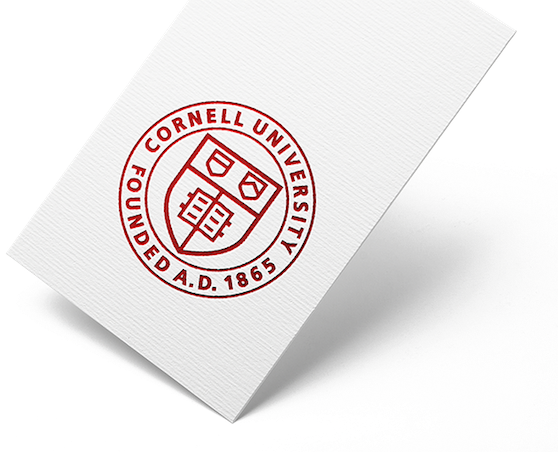Sirietta Simoncini holds a Master of Architecture degree from the University Institute of Architecture of Venice (Italy) and worked for several years as chief architect of a city in the north of Italy. She is the co-founder of InTAdesign, an architectural firm active in both Italy and the U.S., and in addition to practicing architecture she has worked as an art and film curator for many cultural institutions.
Sirietta has taught as a design thinking coach at the Stanford d.school and has facilitated workshops at McGill and Yale Universities and with organizations such as jetBlue, Target, and the World Bank. She currently teaches the art of innovation in the Systems Engineering program at Cornell. In her classes, graduate students from different Cornell colleges, institutes, and schools come together to design and build solutions for complex challenges with actual sponsors.
She believes in cross collaboration, a hands-on approach, and the importance of fostering T-shaped skills. She also believes in fieldwork, since the inspiration for innovation comes from observing and interacting with real people in their context.






